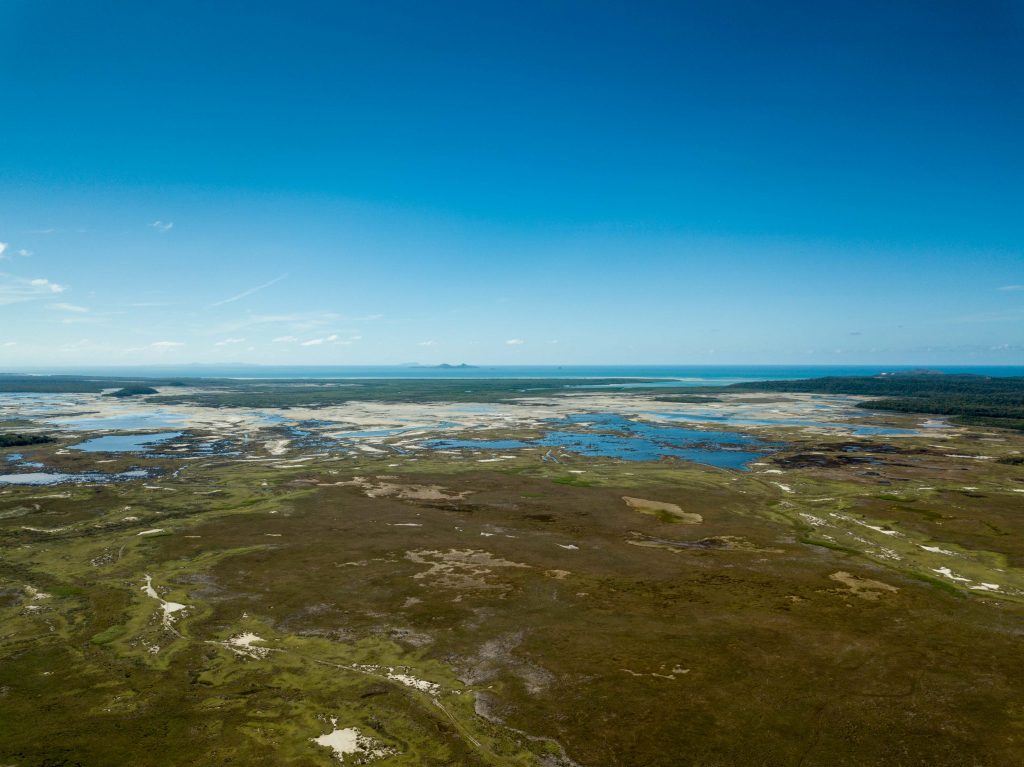Gladstone LNG Operators Fund Environmental Conservation of Curtis Island
Nearly two thirds of Australia’s Curtis Island, near Gladstone, is protected for environmental conservation as a result of an initiative by the three Curtis Island LNG operators, ConocoPhillips Australia, Santos GLNG and Shell’s QGC business.
The LNG companies worked to consolidate a number of properties on the island in order to protect a range of critical environments within the Great Barrier Reef World Heritage Area. The 2019 transfer of 3,200 hectares of land to Government ownership to form the Curtis Island Conservation Park is the final step in achieving that goal to safeguard the island’s unique ecology and heritage for future generations.
Additionally, the LNG companies contributed $34.5 million for the preservation and ongoing management of the area.
A spokesperson for the LNG operators, said: “These LNG-funded conservation measures alone protect over 44 per cent of Curtis Island. Combined with existing conservation and national parks, more than 59 per cent of Curtis Island is set aside for environmental protection. This is compared to the 2 per cent used by the LNG facilities on the southern tip.”
Federal and state environmental approvals to develop the LNG facilities on Curtis Island require biodiversity offsets to counterbalance the disturbance made by the facilities. This establishment of the conservation park is a direct offset of a significantly larger magnitude than required by those regulations.
Queensland Parks and Wildlife’s Dave Orgill, Principal Ranger, Southern Great Barrier Reef said: “The Monte Christo offset property signifies the removal of damaging cattle grazing after 150 years. Additionally, it allows for management of the significant Capricorn Yellow Chat breeding habitat and Curtis Island marine plain.”
The Curtis Island Conservation Park is located within the Great Barrier Reef World Heritage area and features marine plain and saltpan ecosystems. These terrains are important to migratory shorebirds and serve as breeding habitat for the Capricorn Yellow Chat. Additionally, there are significant undisturbed coastal ecosystems, and more than 500 hectares of wetlands, including mangroves, salt flats and salt marshes, and floodplain tree swamps that are a nursery area for fish and crustacean species.
Explorewith Natural Gas Subscribe



